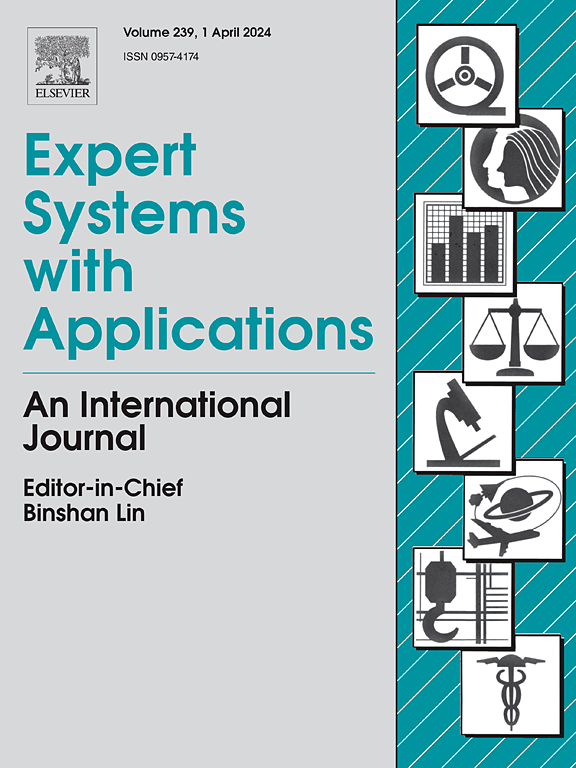Majorization ordering of dependent aggregate claims clustered by statistical machine learning
IF 7.5
1区 计算机科学
Q1 COMPUTER SCIENCE, ARTIFICIAL INTELLIGENCE
引用次数: 0
Abstract
The primary driver of decision-making is prioritization or ordering of risks, which plays a vital role in optimizing risk management strategies. This paper focuses on ordering aggregate claim vectors across various risk clusters utilizing agricultural insurance data. The data was sourced from the Turkish Agricultural Insurance Pool (TARSİM), the sole entity responsible for compiling agricultural insurance claim datasets. We consider the spatial and temporal features of claims, supposing that individual claims subject to similar environmental risks are dependent. We cluster risks based on meteorological values related to the location and time of the reported crop-hail insurance claims, estimated using an extended spatiotemporal interpolation method that we proposed. Bayesian regularization enhanced the performance of the statistical machine learning approach. Having clustered the risk regions, we order the aggregate claim vectors by using majorization relation and Schur-convex risk measures, which are more flexible for multivariate actuarial risks. Moreover, as a contribution to the literature, we modify the definition of majorization to fulfill the criteria for continuous random variables. The findings of this study indicate that the risk clusters, when ordered according to both the modified majorization conditions and the Schur-convex risk measure, exhibit consistency. These results further demonstrate the compatibility of the climate-based, probabilistic clustering method with the modified majorization relation.
求助全文
约1分钟内获得全文
求助全文
来源期刊

Expert Systems with Applications
工程技术-工程:电子与电气
CiteScore
13.80
自引率
10.60%
发文量
2045
审稿时长
8.7 months
期刊介绍:
Expert Systems With Applications is an international journal dedicated to the exchange of information on expert and intelligent systems used globally in industry, government, and universities. The journal emphasizes original papers covering the design, development, testing, implementation, and management of these systems, offering practical guidelines. It spans various sectors such as finance, engineering, marketing, law, project management, information management, medicine, and more. The journal also welcomes papers on multi-agent systems, knowledge management, neural networks, knowledge discovery, data mining, and other related areas, excluding applications to military/defense systems.
 求助内容:
求助内容: 应助结果提醒方式:
应助结果提醒方式:


